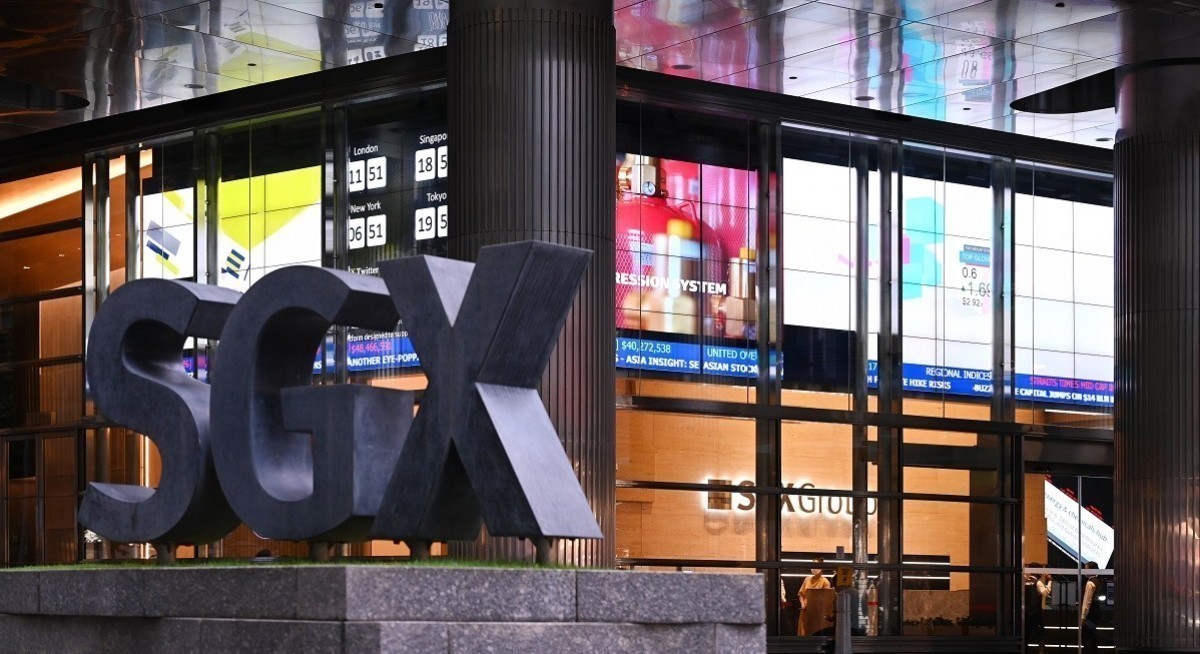Nonetheless, shareholders at the exchange’s 26th AGM on Oct 9, very much aware of how the market has been lacklustre for years, wonder about the sustainability of the recent gains. Shareholder Vincent Tan’s concern is that the recent market gains may have been front-run by other parties, as the three fund managers known to have been given a $1.1 billion mandate out of the $5 billion are not known to have actually deployed their allocation. “Perhaps the genius is in not revealing too many details and letting the animal spirits run,” says Tan.
SGX chairman Koh Boon Hwee notes that the series of measures introduced by the Monetary Authority of Singapore (MAS)-led market review group cannot, on their own, guarantee liquidity, as some of these specific initiatives are one-offs. “It has to be a sustainable effort, and that’s what all of us are working on,” says Koh. “The exchange is a platform. We, on our own, do not create demand, nor can we create supply. But I believe that with the MAS and the government looking into the policy framework around how to make Singapore a more vibrant capital market, we can look forward with some confidence,” says Koh.
Another shareholder put forward a suggestion that SGX should consider acquiring a crypto exchange, as this is a new asset class that is gaining traction, and thus make itself more “futuristic”. In response, Koh says SGX is keeping an eye on the crypto space, but as he sees it, with the expanding product shelf, there are already a lot more opportunities in the existing asset classes.
Despite the returns shareholders made, the issue of remuneration paid to the management — not unique to SGX — was also in the spotlight at the meeting. Shareholder Mano Sabnani acknowledges that CEO Loh Boon Chye has done a good job, but his FY2025 package of $7.8 million is double what Singapore pays the prime minister. “Common sense would suggest that the Prime Minister has many more headaches than the SGX CEO. He has to worry about the wars going on elsewhere, about unemployment among the youth, job creation and other umpteenth tasks.”
See also: HSBC overhauls trading business in bid to become debt powerhouse
Sabnani, to scattered applause from other shareholders, points out that SGX, like other government-linked companies, enjoy a certain level of “cover” that purely private entities do not enjoy. Therefore, remuneration for SGX’s executives cannot be purely linked to increases in profitability, and there ought to be some limits. “If the profit of SGX were to go up by 50% next year, would you reward them 50% more? It doesn’t make sense. Eventually, there will be a backlash from the public, not necessarily shareholders,” he says.
In response, Koh says that remuneration is compared to a group of other top executives in different markets, as well as to other Singapore-listed companies. “The limits are what the market will pay for the job. Our job as directors of the company is to ensure that our CEO and C-suite are paid competitively and compensated appropriately, depending upon the performance of the company. We’ve just had a superb year,” says Koh.
Adding on, independent director Lim Chin Hu says that he cannot speak for the politicians. “Maybe they are underpaid,” he quips. Lim, who chairs the remuneration and staff development committee, takes reference from what the management teams of 13 other exchanges are paid, including Japan and Hong Kong. He maintains that Loh’s total package, which increased by 3%, compares favourably with SGX’s earnings, which rose by more than 20%, and shareholder returns of over 60%. “So I think that’s reasonable. I don’t think it is excessive. We make sure that we are paying within a competitive range and pay for performance, as well as aligning with shareholders’ interests,” says Lim.




